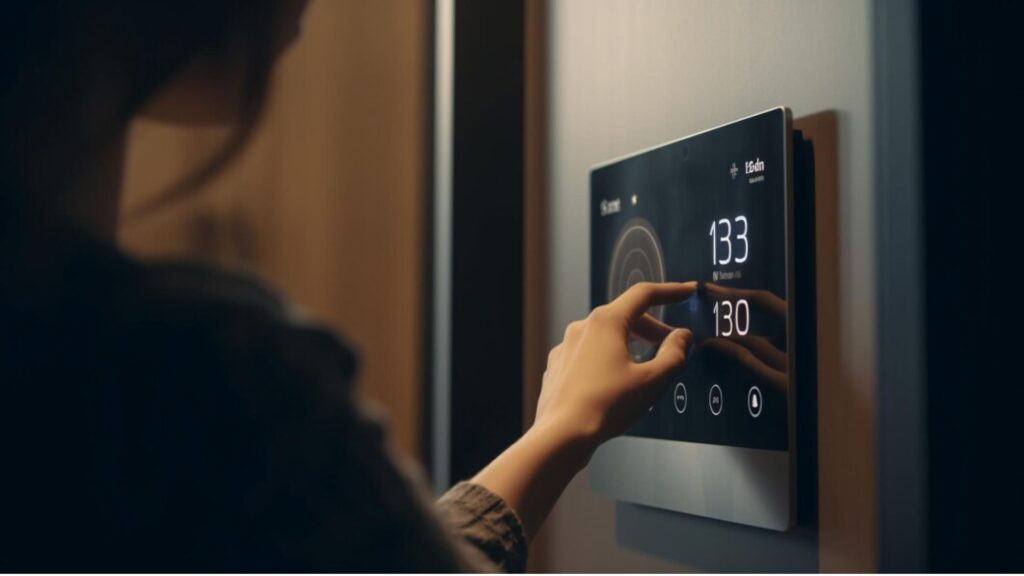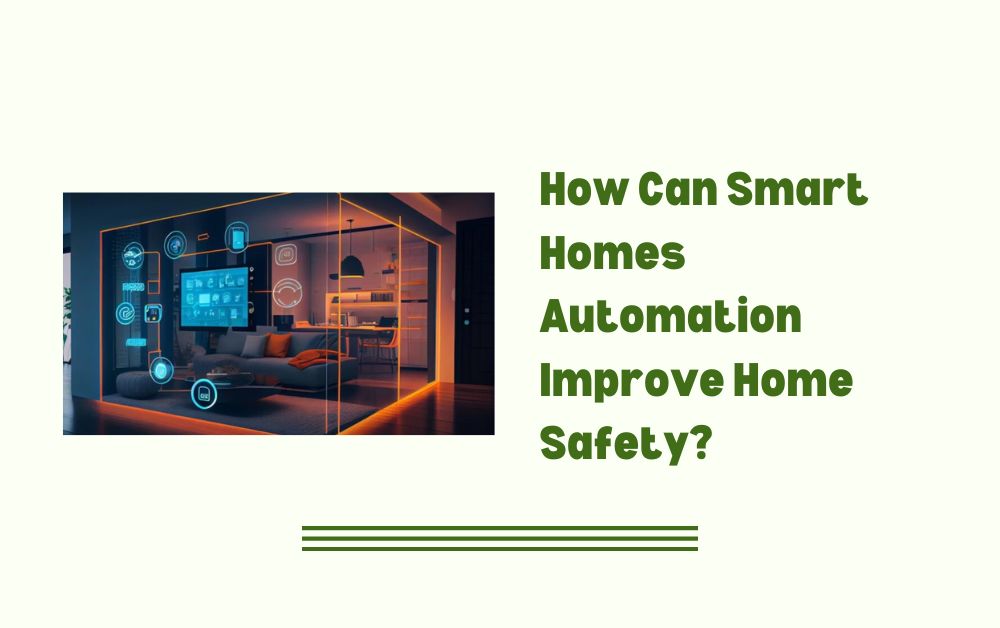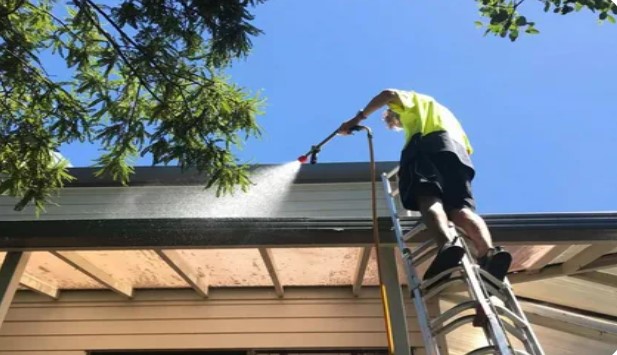Smart home automation is about more than simply convenience in today’s digitally linked world; it’s about improving your home’s safety and security. A home’s safety measures can be greatly enhanced by integrating technology, from smart locks and automatic lighting to sophisticated surveillance systems. This article examines the several ways that Smart homes automation improves home security, offering helpful advice to homeowners who want to properly protect their assets.
Knowing Automation of Smart Homes
What is Smart Home Automation?
Smart home automation refers to the integration of internet-connected devices and systems within a home to automate and control functions such as lighting, heating, security, and appliances. These systems can be managed remotely via smartphones or tablets, offering homeowners greater control and convenience over their living spaces.
Benefits of Smart Home Automation for Safety
Smart home automation offers several benefits that directly contribute to enhancing home safety:
- Enhanced Monitoring: Real-time surveillance cameras and sensors provide constant monitoring of your home’s interior and exterior, alerting you to any suspicious activity or emergencies.
- Improved Access Control: Smart locks and security systems allow you to manage access to your home remotely, ensuring only authorized individuals can enter.
- Efficient Response to Emergencies: Automated alerts and notifications enable quick responses to potential threats such as fire, gas leaks, or unauthorized access, minimizing damage and ensuring swift action.
Core Components of Smart Home Safety Systems
Surveillance Cameras and Video Doorbells
Surveillance cameras and video doorbells equipped with motion sensors and night vision capabilities offer comprehensive monitoring of your home. They provide live feeds and recordings accessible from your smartphone, allowing you to check in on your property from anywhere.
Smart Lighting Systems
Smart lighting systems can be programmed to mimic occupancy patterns when you’re away, deterring potential intruders. Motion-activated lights also illuminate pathways and entry points automatically, enhancing visibility and safety at night.
Motion and Entry Sensors
Motion and entry sensors detect movement and unauthorized access, triggering alerts and activating other security measures like alarms or camera recordings. These sensors provide an additional layer of security, especially in vulnerable areas of your home.
Benefits of Smart Home Automation for Enhanced Safety
Deterrence of Potential Threats
The presence of visible surveillance cameras and smart security systems acts as a deterrent to burglars and trespassers, reducing the likelihood of break-ins or vandalism. Studies show that homes with visible security systems are less likely to be targeted by criminals.
Remote Monitoring and Control
Smart home apps allow you to monitor your home in real-time and receive alerts for unusual activities or emergencies. Whether you’re at work or on vacation, you can check camera feeds, adjust security settings, and even remotely unlock doors for trusted visitors.
Integration with Emergency Services
Some smart home systems can automatically alert emergency services in the event of a fire, carbon monoxide leak, or intrusion. These systems provide peace of mind knowing that help will be dispatched promptly, even if you’re unable to make the call yourself.
Implementing Smart Home Safety Systems

Planning Your Smart Home Setup
Before investing in smart home automation for safety, assess your home’s specific security needs. Identify vulnerable areas, such as entry points or blind spots, and prioritize the installation of cameras, sensors, and locks accordingly.
Choosing Compatible Devices
Select smart home devices that are compatible with each other and your existing home systems. This ensures seamless integration and reliable performance across all components of your smart home safety setup.
Professional Installation vs. DIY
While some smart home devices are designed for easy DIY installation, complex systems may benefit from professional installation services. Professional installers ensure that devices are set up correctly and configured to maximize their effectiveness.
Maintaining and Upgrading Smart Home Safety Systems
Regular Maintenance Checks
Perform regular checks on your smart home security devices to ensure they are functioning correctly. Replace batteries as needed, clean cameras and sensors, and update software to protect against cybersecurity threats.
Upgrading to Latest Technology
Stay informed about advancements in smart home technology and consider upgrading your systems periodically. Newer devices often offer enhanced features, improved security protocols, and compatibility with emerging technologies.
Conclusion
Smart home automation is revolutionizing home safety by providing homeowners with innovative tools to monitor, control, and protect their properties more effectively. Whether you’re looking to deter intruders, monitor children and pets, or respond swiftly to emergencies, smart home safety systems offer practical solutions backed by advanced technology. By investing in smart home automation for safety, you not only enhance the protection of your home and loved ones but also embrace the convenience and peace of mind that modern technology affords.
Note:- For more articles visit on relxnn.









